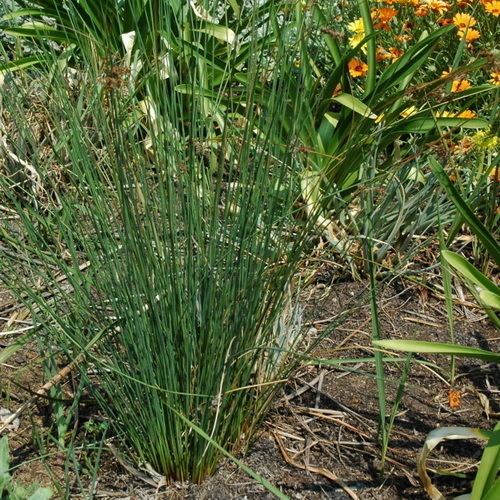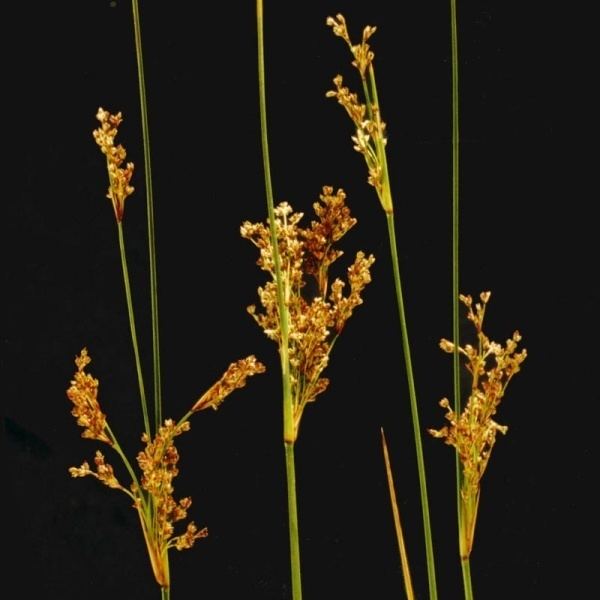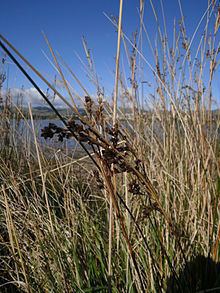Rank Species | Higher classification Juncus | |
 | ||
Similar Juncus, Rushes, Sarcocornia quinqueflora, Juncus pallidus, Baumea | ||
Juncus kraussii commonly known as salt marsh rush, sea rush, jointed rush, matting rush or dune slack rush, is of the monocot family Juncaceae and genus Juncus. It grows in Salt marshes, estuarine and coastal areas. This species is ideal as a stabilizer in estuary banks and riparian zones that adjoin developed areas it prevents erosion and provides an excellent fibre for weaving. The plant is named after a German naturalist and museum curator, Christian Krauss, who travelled to South Africa.
Contents

Description
This species is a tussock shaped perennial with many rhizomes.

The leaves are tough, straw shaped and spine-tipped that grow to be 40 centimetres (16 in) - 150 centimetres (59 in) in length with a golden brown or shiny black sheath. The inflorescences or flowers of J. kraussii are reddish brown to purplish brown in colour, 4 centimetres (1.6 in) - 20 centimetres (7.9 in) in length and are clustered toward the end of the stem. The flowers occur clusters of three to six and flowering occurs in Summer between October and January.
Distribution and habitat
The species occurs in all states of Australia, Southern Africa and South America.

J. kraussii is salt tolerant and favours a damp environment and is most often found in areas such as swamps and brackish estuaries. The plant is able to grow in a range of soils from sands to alluvium.
Uses

J. kraussii is harvested and weaved to produce traditional sleeping mats, baskets, beer strainers, and other craftwork items in many Zulu areas of South Africa. The plant is in great demand because of its economic value and has been extensively harvested in the wild. It is now cultivated in many areas and is harvested yearly for a period of seven years in total.
